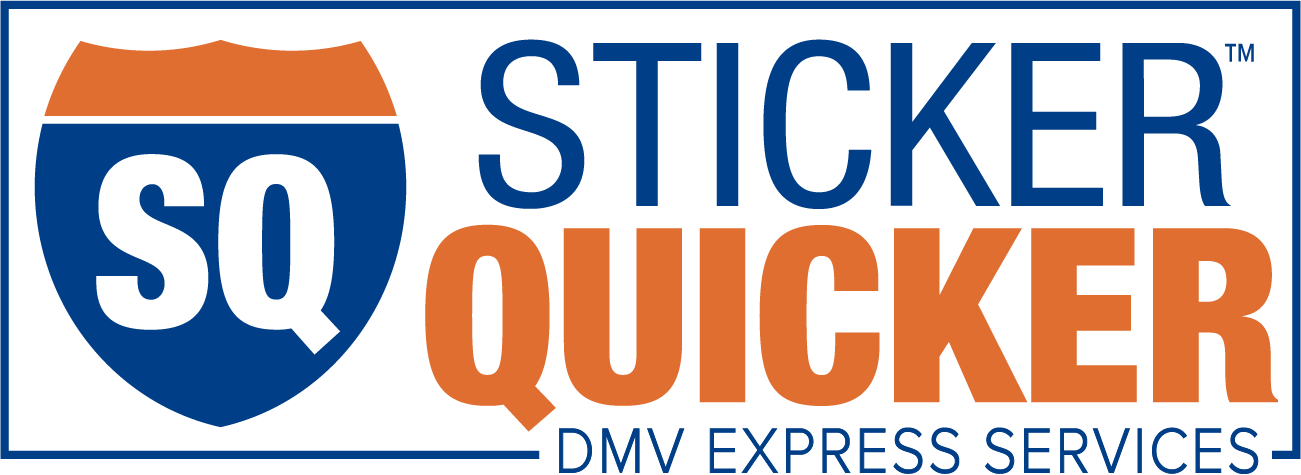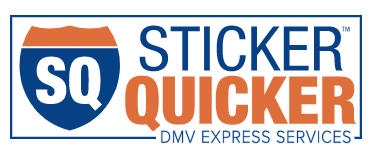Allstate Resumes Direct Sale in California: Allstate has resumed selling new auto insurance policies in California following the approval of a 30% rate increase by state regulators. The company had halted direct sales in the state last year but is now writing business across all channels, including Allstate.com.
Rate Increase Falls Short of Request: The approved rate hike in California, granted in December, is 30%, slightly below the 35% increase Allstate had initially requested in May. Despite this, the company asserts that it has met its “full rate need” and is comfortable with the approved rate level. A 30% rate hike in California, even though lower than initially requested, places an additional financial burden on policyholders who may already be grappling with the rising cost of living in California.
Allstate’s Position in New Jersey and New York: Allstate plans to reduce its presence in New Jersey after receiving an approval of “just under 17%” for its requested 29% rate increase. In New York, the approved rate hike of 14.6% falls short of the 18.3% increase sought by Allstate. The company argues that further rate increases are necessary for profitability in these states.
Concerns About Profitability: Allstate expresses concerns about profitability in New York and New Jersey, stating it spends almost 20% more than it receives on claims from these states and California. In contrast, the company reports earning roughly 4% more than it spends in other coverage areas. If rate hikes continue, customers may perceive a misalignment between the company’s financial goals and their own needs for affordable and reliable auto insurance.
Allstate’s approval of a 30% rate hike in California signifies its commitment to adapting to the changing insurance landscape. However, challenges arise in New Jersey and New York, where approved rate increases are considered insufficient. While rate hikes aim to address rising costs and maintain profitability, they may adversely impact customers by causing financial strain, limiting affordability options, reducing choice, and creating uncertainty. As customers navigate these changes, exploring alternative insurance providers becomes crucial to align with evolving market offerings. You can learn more by reading the full article here.






